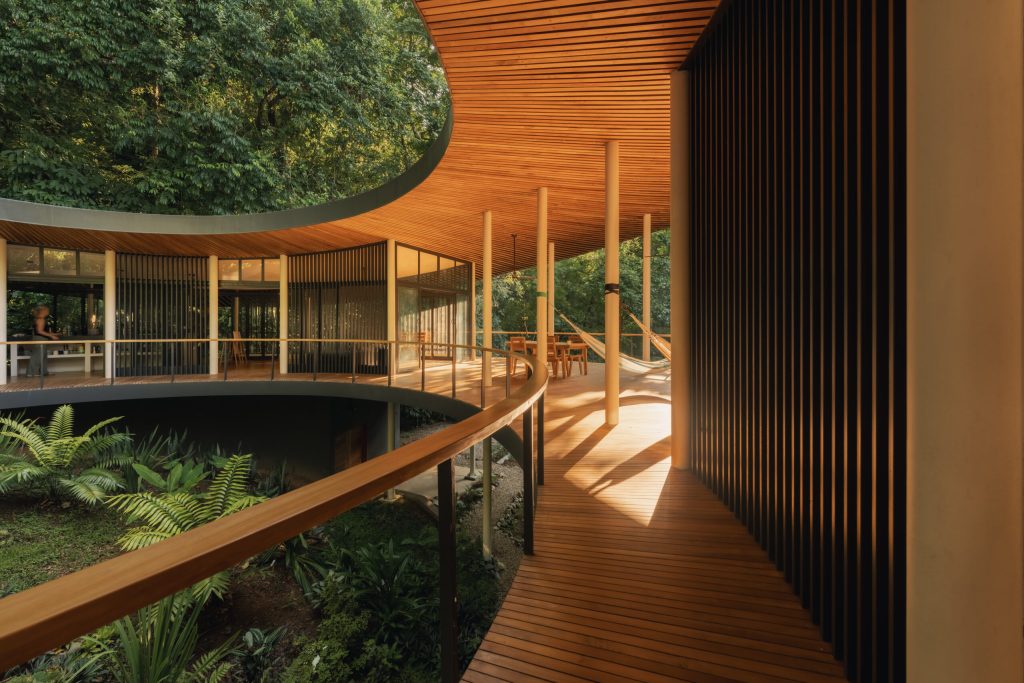The countdown to A+Product Awards winners’ announcement has begun! Stay updated by subscribing to Architizer’s A+Product Awards Newsletter.
In architecture, we often talk about what’s added: form, material, texture, program and more. However, some of the most potent spaces come from what’s taken away. Subtraction is not absence for its own sake, but a deliberate design move that opens up new ways to organize light, air, movement and meaning. Whether through a courtyard, a skylight, or an open atrium, these voids shape experience just as much as walls and structure do.
By playing with positive and negative space, these six projects demonstrate how subtraction can be an anchor — a place to pause, look up, gather, or reflect. Each one shows how voids, rather than being empty, hold the essence of the design.
Without further ado, let’s take a look at six works that use purposeful voids to frame space, time and perception.
Sinfonía Verde
By Studio Saxe, Puntarenas Province, Costa Rica
 Tucked deep within the rainforest, this off-grid residence centers around a striking architectural absence: a circular void cut through its expansive roof. Framing the sky and treetops, this open oculus serves as both a spatial anchor and a sensory portal, inviting in light, rain, and the rhythms of the forest.
Tucked deep within the rainforest, this off-grid residence centers around a striking architectural absence: a circular void cut through its expansive roof. Framing the sky and treetops, this open oculus serves as both a spatial anchor and a sensory portal, inviting in light, rain, and the rhythms of the forest.
The home is arranged as a continuous ring, elevated on stilts and partially cantilevered to preserve the terrain’s natural slope. On one side, residents walk alongside dense foliage; on the other, they overlook the canopy. But apart from organizing the space, this void shapes the experience, creating a sanctuary where isolation and immersion can coexist. As light shifts overhead, the central courtyard becomes a living register of the rainforest’s sounds, cycles and subtle changes.
Digital Design of a Thin-shell Metal Woven Pavilion
By XISUI Design, Hefei, China
Jury Winner, Architecture +Prefab and Modular, 12th Annual A+Awards

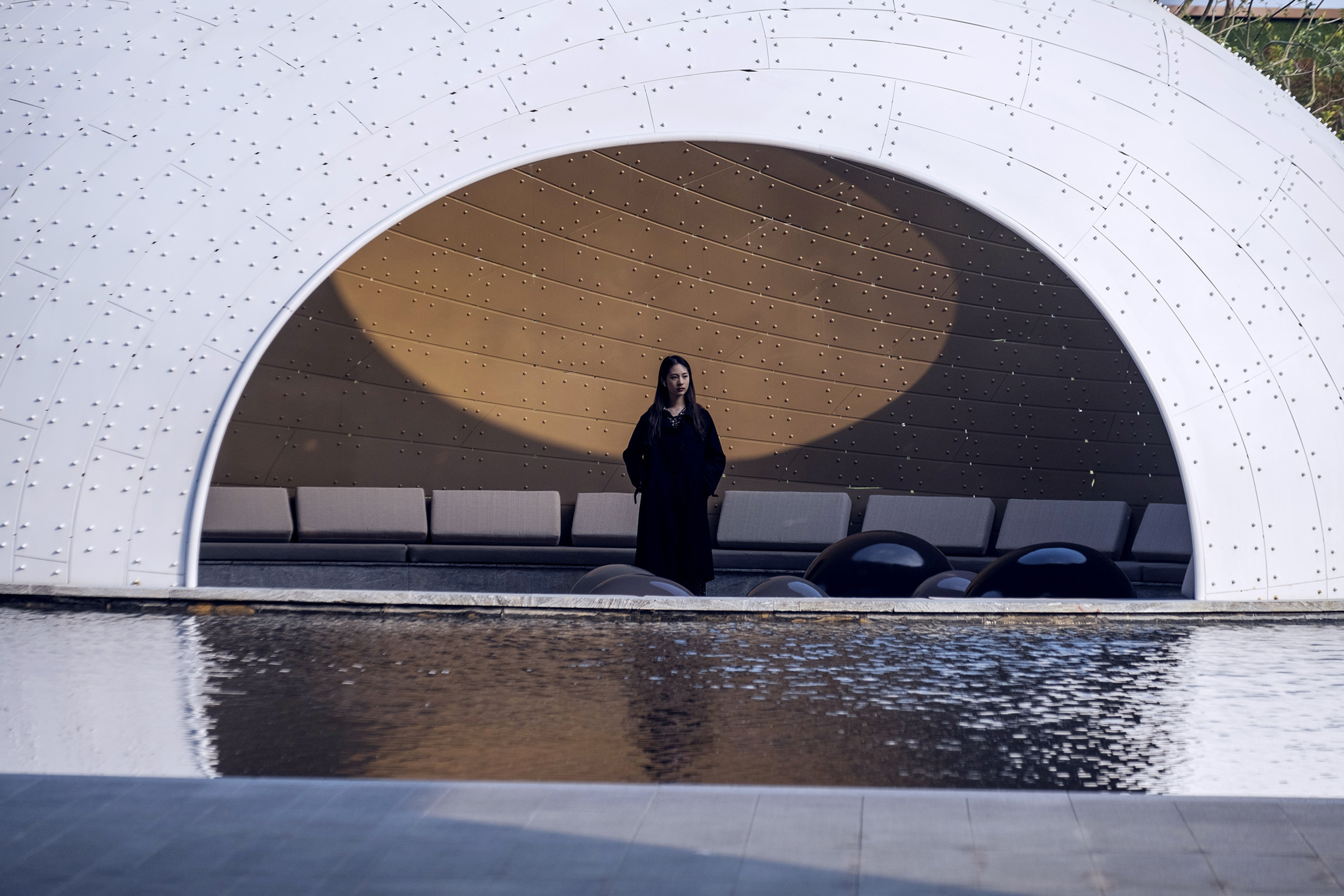 Positioned above a still pool, this freestanding pavilion is shaped as much by absence as by structure. Its vaulted shell, made from two thin layers of metal, hovers lightly without the use of columns or welds. The open space beneath acts as a quiet room of light and shadow, changing throughout the day. Sunlight passes through small perforations, casting patterns that move across the interior.
Positioned above a still pool, this freestanding pavilion is shaped as much by absence as by structure. Its vaulted shell, made from two thin layers of metal, hovers lightly without the use of columns or welds. The open space beneath acts as a quiet room of light and shadow, changing throughout the day. Sunlight passes through small perforations, casting patterns that move across the interior.
Visitors arrive through a sunken walkway below the water, slowing the transition into the space. More than a shelter, the pavilion becomes a place to pause and reflect. Built with bolts instead of welding, the structure can be taken apart and reassembled, while the central void creates a calm, light-filled environment.
Harudot By Nana Coffee Roasters
By IDIN Architects, Tambon Samet, Thailand
Jury Winner and Popular Choice Winner, Restaurants L (>1000 sq ft), 12th Annual A+Awards

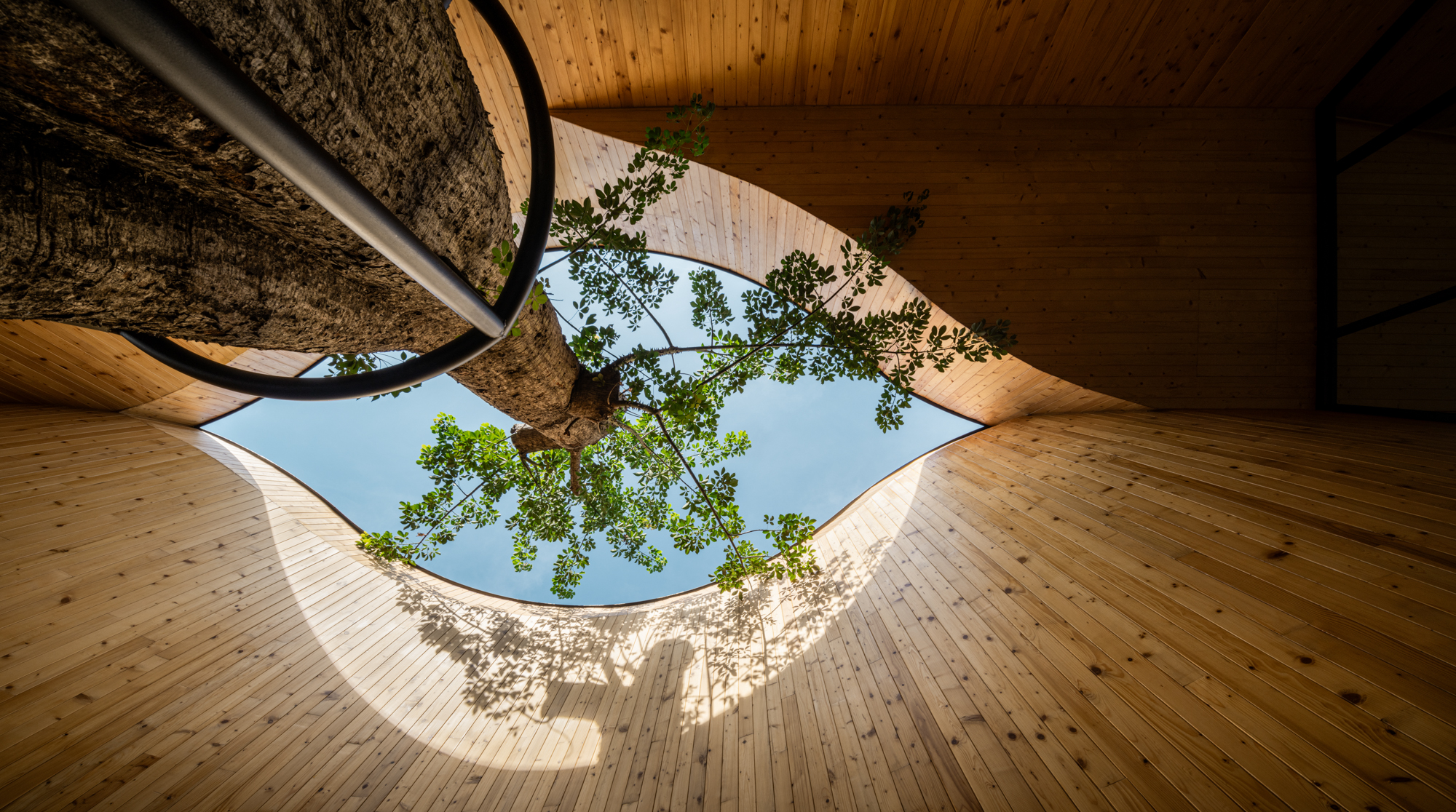 At the heart of this café, a sculpted void rises around a bottle tree, allowing the roof to open to the sky. Designed as a symbol of growth and new beginnings, the tree appears to push upward through the building itself. Gable forms are pulled apart to create space for this central courtyard, creating a break in the architecture that invites sunlight, rainfall, and seasonal changes into the semi-outdoor area.
At the heart of this café, a sculpted void rises around a bottle tree, allowing the roof to open to the sky. Designed as a symbol of growth and new beginnings, the tree appears to push upward through the building itself. Gable forms are pulled apart to create space for this central courtyard, creating a break in the architecture that invites sunlight, rainfall, and seasonal changes into the semi-outdoor area.
These voids shape movement and atmosphere, with curved forms continuing inside as soft, backlit ceilings that echo the open sky above. The result is a quiet balance between solid and open, enclosure and exposure. The building’s character unfolds around what’s missing — gaps that frame light, mark time and hold the project’s meaning.
Mountain Villa
By Beijing Jimei Survey and Design, Hebei, China
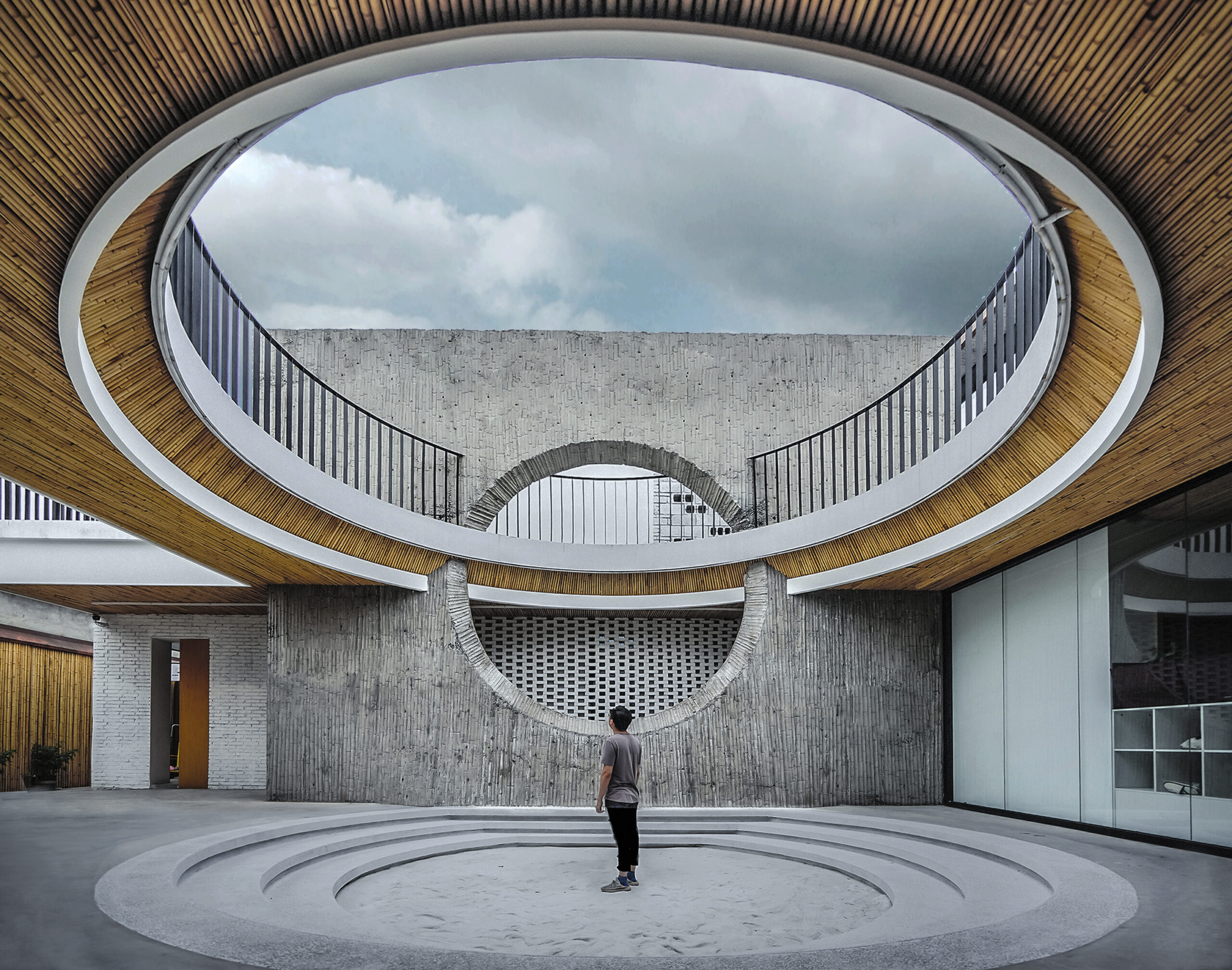
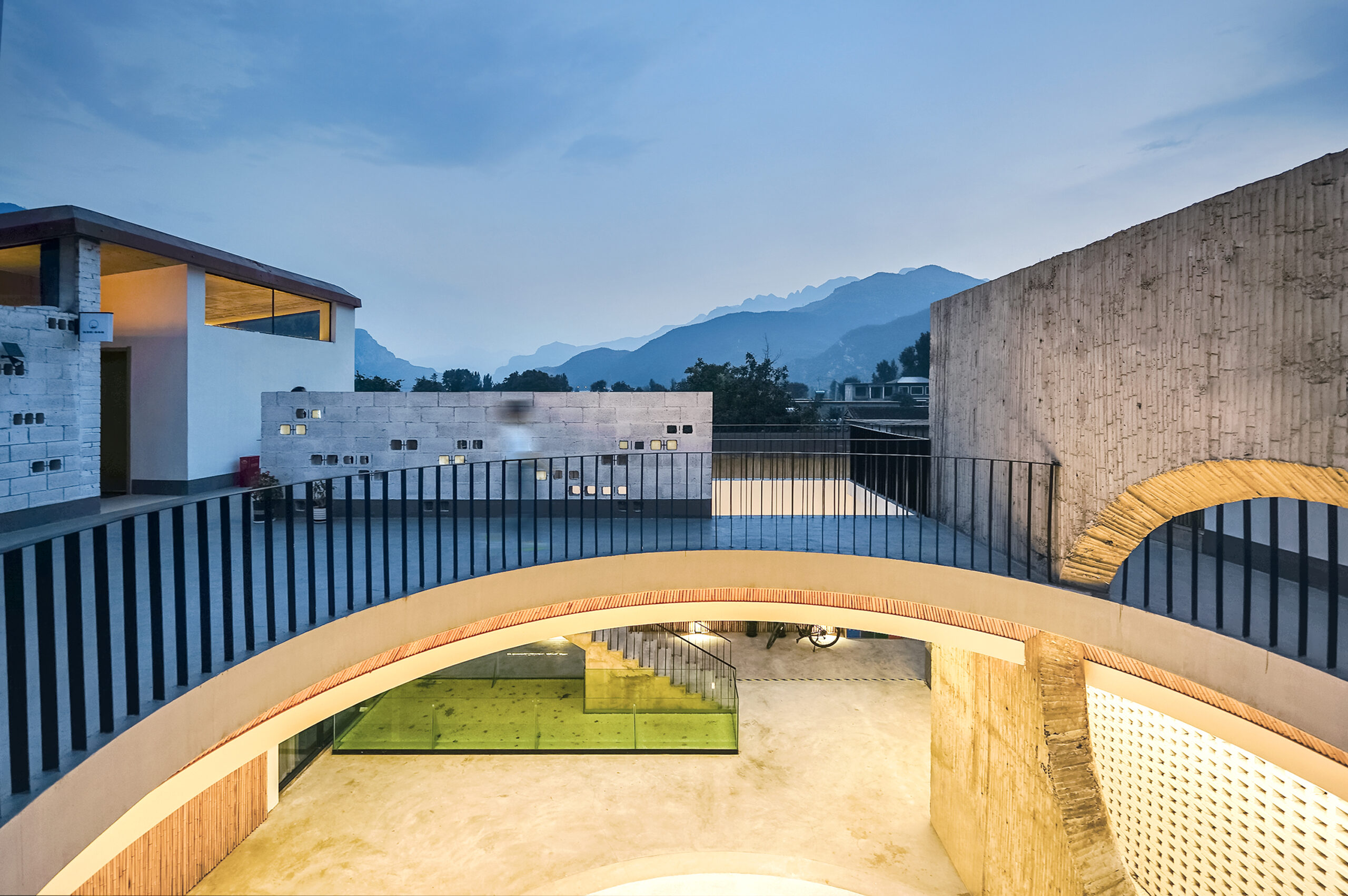 Built on a rural homestead, this small hotel was designed to strike a balance between privacy and connection. Four guest units and one primary residence are arranged around a large central courtyard, a purposeful void that turns shared space into a focal point. Each two-story volume has its own stairs, terrace, and private patio, but the central area draws guests together.
Built on a rural homestead, this small hotel was designed to strike a balance between privacy and connection. Four guest units and one primary residence are arranged around a large central courtyard, a purposeful void that turns shared space into a focal point. Each two-story volume has its own stairs, terrace, and private patio, but the central area draws guests together.
Above, an open rooftop terrace connects all four units, offering views of the surrounding mountains and serving as a social platform for temporary neighbors. By organizing the architecture around these hollow spaces, the design supports both retreat and gathering. The courtyards provide structure, light and breathing room — anchoring the project within the village while shaping how people interact across the site.
Deep Time Palace
By Wutopia Lab, Jilin, China
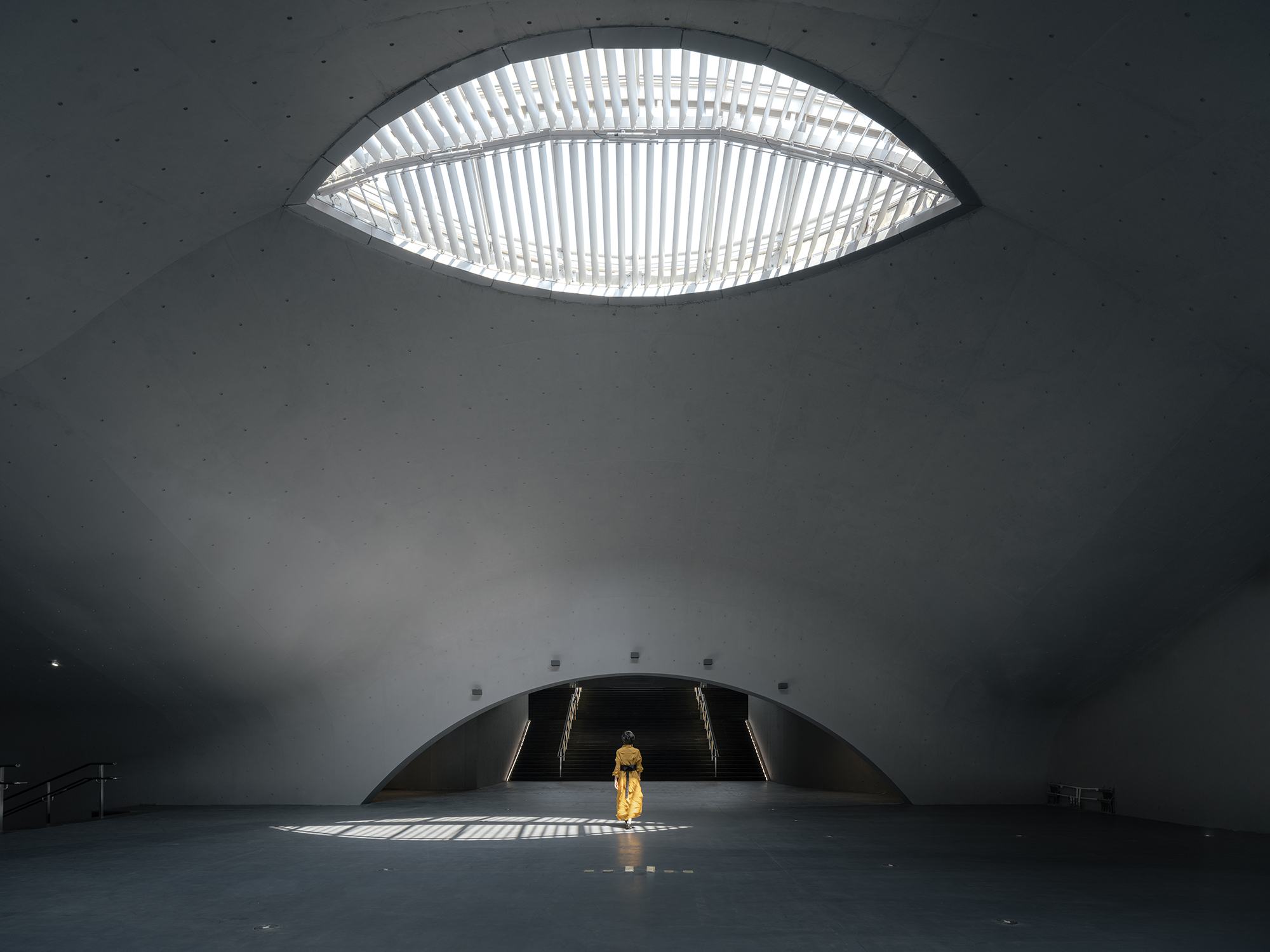
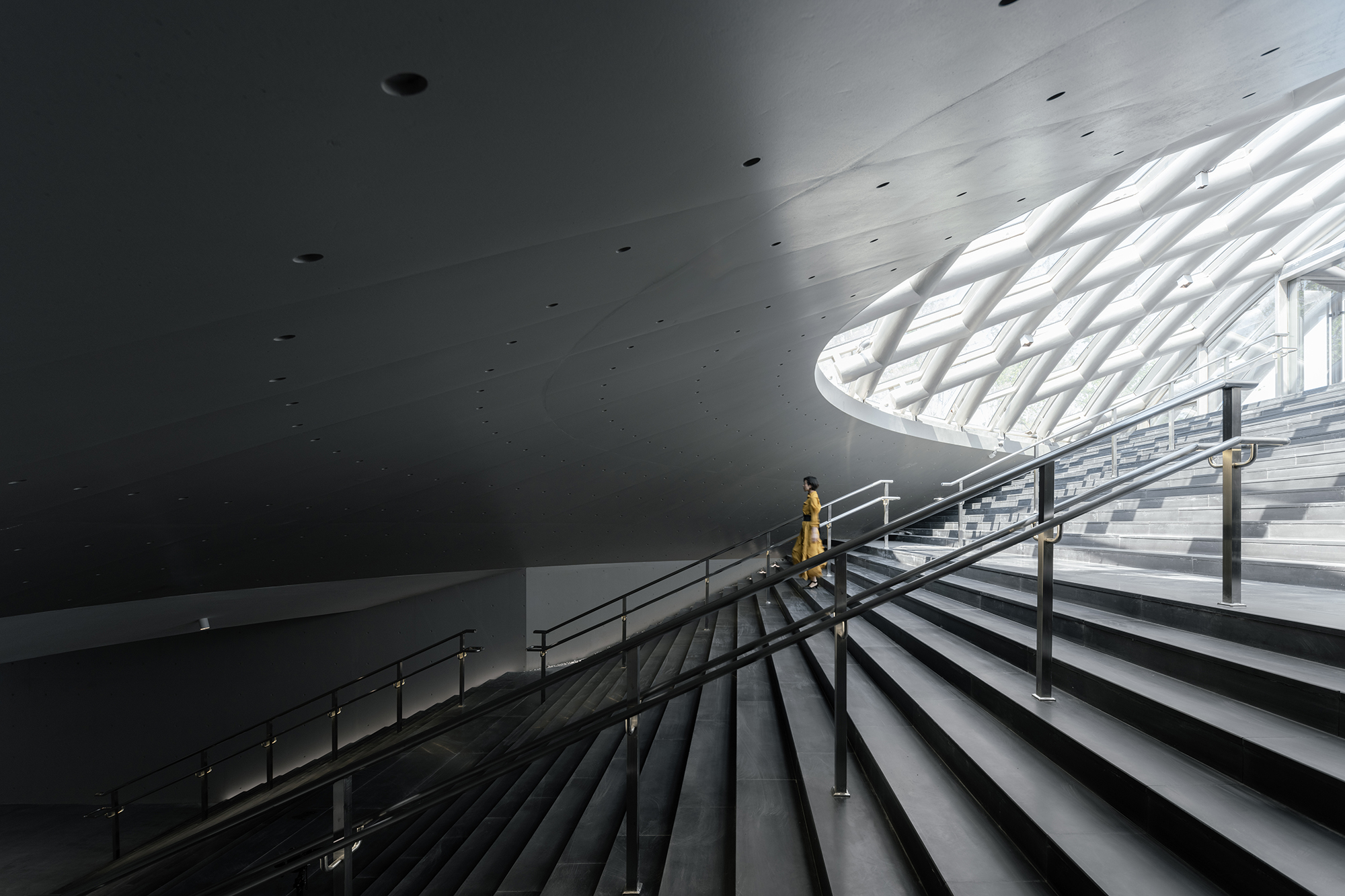 This vast underground museum uses absence to reveal depth, both spatial and temporal. Designed as a “palace of deep time,” the project is organized around three wing-shaped domes that rise from the earth in sweeping curves. Skylights, shaped like eyes, cut through each concrete shell to bring daylight into the subterranean space.
This vast underground museum uses absence to reveal depth, both spatial and temporal. Designed as a “palace of deep time,” the project is organized around three wing-shaped domes that rise from the earth in sweeping curves. Skylights, shaped like eyes, cut through each concrete shell to bring daylight into the subterranean space.
These voids guide light in long, shifting patterns that change with the sky above. Rather than marking an entrance, the rooftop voids act as temporal markers, creating moments of pause and disorientation that encourage reflection. Hidden below the city’s surface, the museum uses light, shadow and scale to prompt visitors to consider time beyond history — and their place within it.
LuMa
By AtelierM, Buenos Aires, Argentina

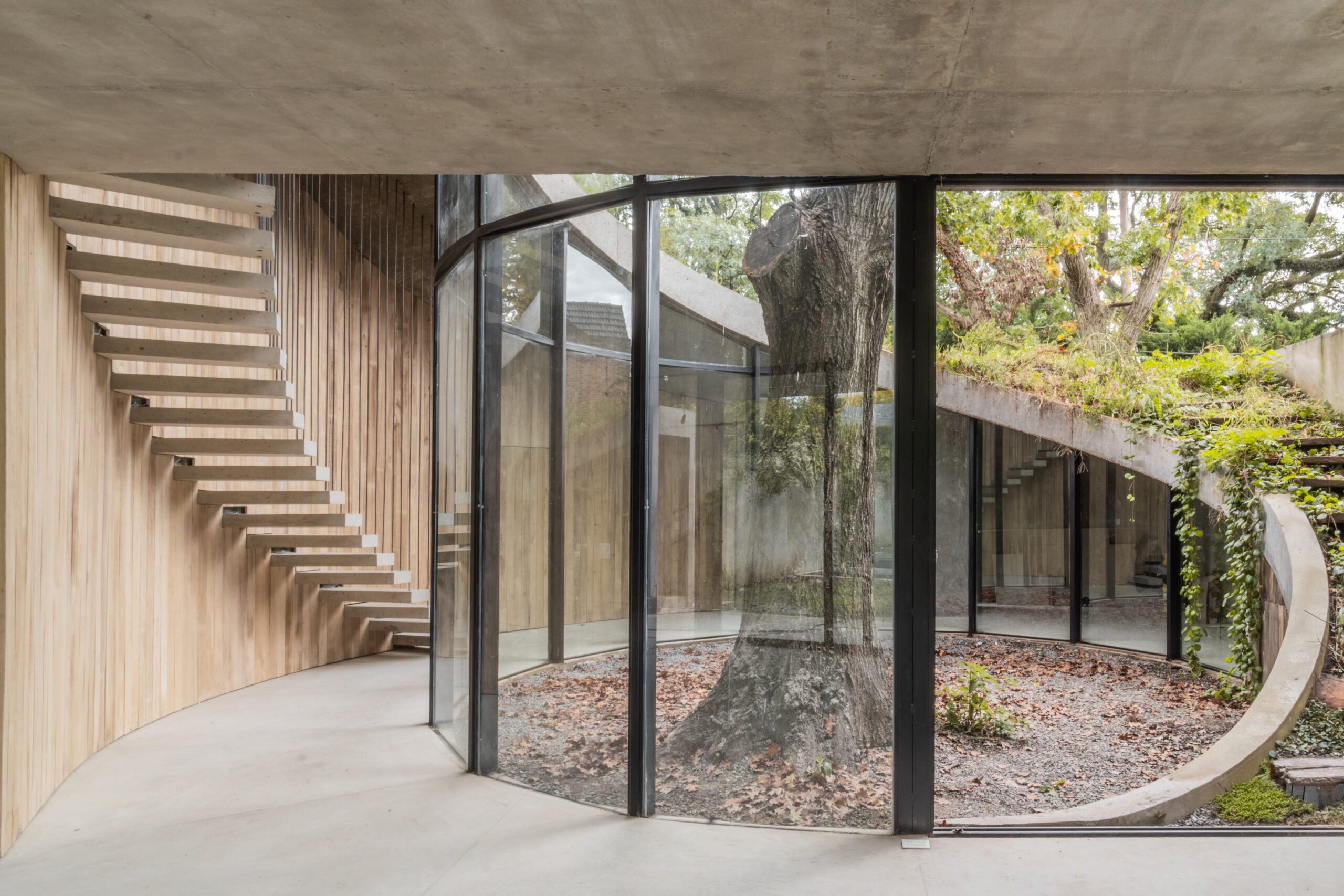 This residence is designed around a century-old oak tree, using an open courtyard as its central element. The tree rises through a circular void at the heart of the plan, while a walkway curves upward around it, connecting the ground floor to the upper level. From the street, the tree appears above a sloped green roof, with its entire presence gradually revealed from inside.
This residence is designed around a century-old oak tree, using an open courtyard as its central element. The tree rises through a circular void at the heart of the plan, while a walkway curves upward around it, connecting the ground floor to the upper level. From the street, the tree appears above a sloped green roof, with its entire presence gradually revealed from inside.
The courtyard serves as a point of orientation, allowing light, air, and views to flow through the home. As the seasons shift, the tree filters light into the living spaces below. The architecture follows the oak’s vertical reach, offering a slow, upward journey from its shaded base to the canopy, shaped by structure, time, and presence.
The countdown to A+Product Awards winners’ announcement has begun! Stay updated by subscribing to Architizer’s A+Product Awards Newsletter.

